Market Analysis of Window Covering Product(2)
April 26, 2024
Overview of the development of sunshade industry in developed countries
Shading is gradually developed by humans to shield buildings from strong solar radiation. Ancient Western Countries
Scholars have already paid attention to this problem, such as proposing to set up colonnades to block the summer sunlight at a higher altitude, and allow winter sunlight at a lower altitude to enter the room.
It was used for windows in the middle of the 18th century, meeting people's requirements for sunlight, lighting, ventilation and viewing, but the strong solar radiation through glass windows brought a series of problems. In order to create a cool and comfortable indoor thermal environment, with the development of industrial civilization, developed countries have adopted various shading measures and made great progress of commerical office blind.
1. Early shading facilities in developed countries
In order to deal with the problem of shading, many early architects made a lot of efforts. They combined the problem of shading, a building function, with the problem of architectural aesthetics. For example, in a building in Chicago, the famous architect Frank Wright used a large area of glass windows to meet the local hot and humid environment and ventilation needs, and used deep overhangs to solve the problems of shading and aesthetics. The big canopy is a kind of fixed shading facility.
Developed countries have a long history of application of commerical office blind. For example, cities and towns in European countries have sunshades everywhere, such as urban streets and small town houses. Shading installed in different regions and in different historical periods often adopts different methods, with different materials, diverse forms, different styles, and rich colors. Everywhere reflects the local architectural culture and traditional habits, recording the historical footprint of the development of shading . Many century-old buildings that can still be seen in some European countries have already installed sunshades on the windows. Many of them are sunshades with movable shutters installed on the casement wooden window frames. They are composed of two windows, and some Folding shutters composed of more sashes. The shutters can be opened and closed flexibly. When the window is opened, it is firmly fixed on the side of the window with a lock. It will not cause damage in windy weather. It is safe and stable, simple and practical. After careful maintenance of wooden shutters, after hundreds of years of use, they are still able to provide good services today.
Due to the advancement of science and technology and the improvement of industrial production technology, the sunshade has been continuously updated, and its application has become more and more popular. In many developed countries, sun shading abounds everywhere, and it can be seen everywhere that external shading has become the development direction. Not only public buildings generally use shading, but also almost all households use shading, some of which are automatically controlled active shading. Today, shading is a basic need for people in developed countries.
2. Great development of sunshade industry in developed countries
With the increasing application of sunshade, the sunshade industry that produces sunshade products has also become an important industry for large-scale industrial production. From the traditional wooden shutters to the use of aluminum shutters and rolling shutters, large public buildings move towards adjustable and reproduced external sunshades; they also gradually change from simple curtains to outdoor sunshades. The two large systems of sunshade (louver) and awning constitute the mainstream of external sunshade. For new construction projects in developed countries, when starting architectural design, shading facilities are taken into consideration. Therefore, the style and color of windows and shading are very coordinated with the entire building; because they are designed and produced in an integrated manner, shading The life of the facility is also coordinated with the windows, and it is also very convenient when repairs or replacement are needed. Many existing buildings were later shaded. Recently, it is very common to install active sunshades on the outer walls of buildings in developed countries, which can integrate sunshade, cold protection, ventilation, glare avoidance, sound insulation, and anti-theft. While shielding light radiation, it meets the requirements of energy saving, ventilation, lighting, beauty, safety and high comfort.
3. Wide application of sunshade products in developed countries
Shading facilities, in summer, shield the room from strong solar radiation; in winter, at night, the shading facilities can block the cold wind entering the room; and have various functions such as thermal comfort, visual comfort and anti-theft. At the same time, the external shading facilities also maintain a unique style of the local cityscape and ancient buildings, adding new vitality. At present, the sunshade industry in developed countries has been formed, with a complete industrial chain from research and development, design, production, installation, to maintenance and promotion. In Europe alone, there are thousands of companies, 400,000 employees, and total annual sales of 15 billion euros. There are also a number of such enterprises in our country that participate in the investment, acquisition, or bidding of foreign sunshade construction projects by foreign sunshade companies. Commercial buildings and residential buildings in developed countries have already generally used sun shading, especially external shading. The majority of people regard shading facilities as an indispensable part of the building, and they have formed a living habit. There are various types of sun-shading products, such as outdoor sun-shading roller blinds, outdoor sun-shading roller blinds, outdoor sun-shading baffles, sun-shading fabric blinds, large sun-shading flaps, window glass middle sun-shading, and building fixed-extending sun-shading grids or Sun visors, building simple out-reaching sun visors, large cantilever roof slats, building skin sunshades, plant sunshades, etc., can be selected according to the needs of the project.
4, the energy-saving and emission-reduction effects of sunshade in developed countries
The EU countries are good examples of the application of sun shading in developed countries.
"The European Solar Shading Organization" (The European Solar Shading Organization) published a research report "Energy Conservation and CO2 Reduction of Solar Shading Systems in the 25 EU Countries" in December 2005. The report separately studied typical residential and office buildings in Budapest in Eastern Europe, Rome in Southern Europe, Brussels in Western Europe, and Stockholm in Northern Europe under different climatic conditions. The use of shading for buildings in different regions has made in-depth research and calculations to reduce the demand for air conditioning and heating. , And combined according to 24 typical situations of different building types, main orientations, user habits, window types, shading facilities, and climatic conditions, the resulting cooling and heating energy-saving results are summarized as shown in the following table. It can be seen that although the situation is very different, the effect of setting sunshade in reducing the demand for cooling energy consumption is more obvious than the effect of reducing the demand for heating energy consumption. Generally speaking, for cooling energy consumption, setting sunshade will reduce the energy consumption demand of areas with lower latitudes more; for heating energy consumption, setting sunshade will reduce the energy consumption demand of areas with higher latitudes more. On average, the use of sun shading in Europe can save about 25% of air conditioning energy and about 10% of heating energy. At that time, the EU 25 countries had a population of 453 million and a housing area of 24.26 billion square meters. On average, half of them were shaded, so cooling was reduced every year. It consumes 31 million tons of oil, reduces CO2 emissions by 280 million tons, reduces heating energy consumption by 12 million tons, and reduces CO2 emissions by 231 million tons per year.
Overview of the development of China's sunshade industry
As early as in ancient my country, when residents and craftsmen were building houses, they used different shading facilities for different regions and buildings according to the local climate and sunshine conditions, forming a variety of shading technologies for different ethnic groups and regions. In modern times, some architects have inherited traditional architectural concepts and absorbed Western architectural ideas, conducted research and development, and gradually formed some theories of modern shading. In many places, many buildings that are combined with climate and environment, pay attention to practicality and economy, and have good shading effects have been designed and built, and some of the Lingnan buildings are more distinctive.
1. The budding of China's sunshade industry
For a long time, due to economic constraints, most residential buildings are still relatively simple, only to meet the most basic needs of living and living, and less consideration for shading during construction. In order to improve the severe indoor overheating situation in summer, households have to hang all kinds of curtains, bamboo curtains, etc. inside and outside their windows to shield the strong sunlight. Every summer, on both sides of the street, inside and outside the community, there is a dazzling array of varieties. Until now, many cities, villages and towns, streets and alleys, still do. After the reform and opening up in the 1980s, with the rapid development of social economy and the success of housing reform, the people's living conditions have been greatly improved. Buying a house and moving to a new house and changing curtains have become fashionable. People demand bright houses and beautiful and comfortable rooms, which has promoted the innovation of textile products, revolutionized the curtains, and promoted the budding of the sunshade industry. The curtains that originally used "a piece of lead wire hanging cloth" have evolved into colorful window decorations with various styles. The "lead wire" has also been converted into a horizontal or vertical transmission mechanism to form a variety of window decoration facilities. Driven by the demand for the curtain market, plastic blinds and aluminum alloy horizontal blinds have appeared in the Chinese market one after another. However, the initial production of sun-shading products still adopted the manual workshop mode. Generally, there are few personnel, small stores, low quality, poor equipment, The funds are small, the scale is small, and the technical support is lacking. But in any case, China's sunshade industry has begun to enter the embryonic stage, opening the curtain of a new era of sunshade. In the early 1990s, Shanghai’s first glass curtain wall building, Lianyi Building, was built on the banks of the Huangpu River, all of which used imported venetian blinds. Later, Beijing moma and other high-rise residential buildings also used imported venetian blinds, becoming the pioneer of China's sunshading projects. Promoted the rise of China's sunshade industry.
2. The rise of China's sunshade industry
Before the 1990s, China did not have a sunshade industry. In the 1990s, due to the development of building energy efficiency, a group of building energy efficiency experts in China considered that windows are the focus of building air conditioning and heating energy consumption. Based on the study of developed countries’ economies and analysis of domestic building conditions, they considered that shading plays a role in building energy efficiency. The important role played, began to focus on the sun. Therefore, when the energy-saving design standards for residential buildings and public buildings were formulated successively, specific regulations were made for the shading coefficient of buildings. At this time, due to the actual needs of improving people’s living standards, the window decoration industry first appeared, and residents could choose to use colorful and diverse styles of fabrics for indoor shading; there were also light and heat reflective curtains with good thermal insulation effects.
In addition, some high-end buildings have adopted imported sun blinds. In the early 1990s, some famous international shading companies in developed countries, such as Somfy of France and Hunter of the Netherlands, entered the country one after another, brought new design ideas, and began to introduce foreign advanced shading technology into China, and upgraded products appeared. Demonstration, some domestic enterprises are also learning to introduce foreign sunshade products and technologies. The application of movable sunshades has started to develop steadily, and the products have become more and more diversified, gradually forming a trend. Among the movable sunshade products, some curtains are also driven by electricity. Many public building factories widely adopt uniform active shading, mainly internal shading to avoid direct sunlight and improve the indoor light and heat environment. Later, a few residential buildings also adopted active external shading, such as Beijing Fengshang, Moma and other communities. Since the beginning of this century, residential building energy efficiency design standards and public building energy efficiency design standards in several climate zones have been issued and revised successively, all of which have provisions for shading coefficient. With the implementation of these standards, sunshade began to receive attention and achieved certain development.
3. The rapid development of China's sunshade industry and technology
Since the end of the 20th century, China's sunshade technology has progressed rapidly, and the entire industry has developed. At this time, China’s economy continues to grow vigorously, people’s humanistic requirements for the living environment are further improved, the idea of shading is increasingly spread, and a series of shading standards are gradually introduced. Large public buildings are being built in many cities, and large and medium-sized shading companies continue to emerge and continue to promote The sunshade industry in China is moving forward. In Shanghai, Beijing, Guangdong, Zhejiang, Jiangsu and other places, brand-new shading enterprises and shops have sprung up, and they have begun to develop in the direction of normalization, standardization and industrialization.
Jimmy
Sale Manager
E-mail: jslwxone@jslshadesblinds.com
Cell/whatsapp:+8613450474722
Read More





 English
English













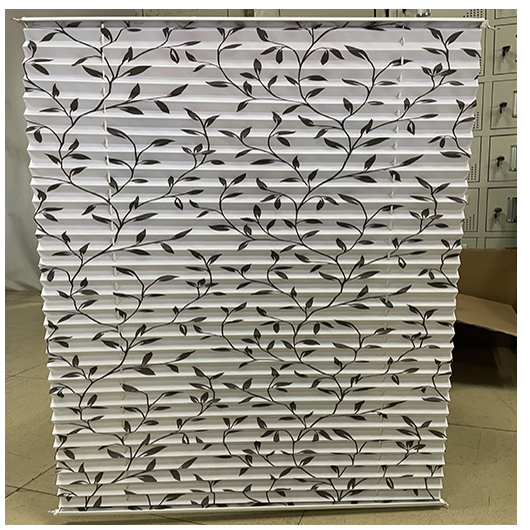
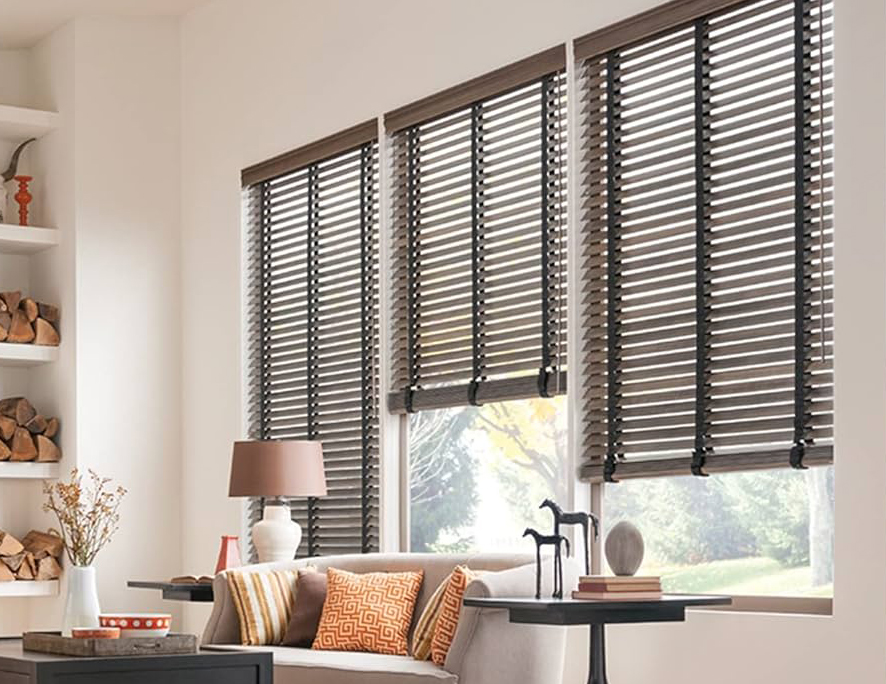
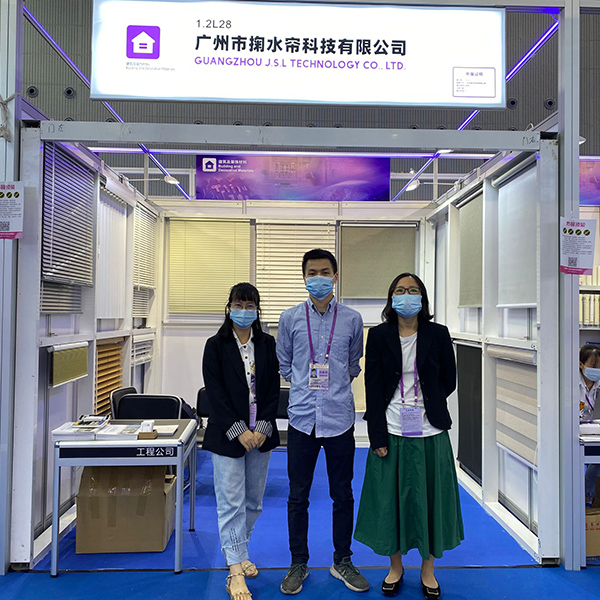

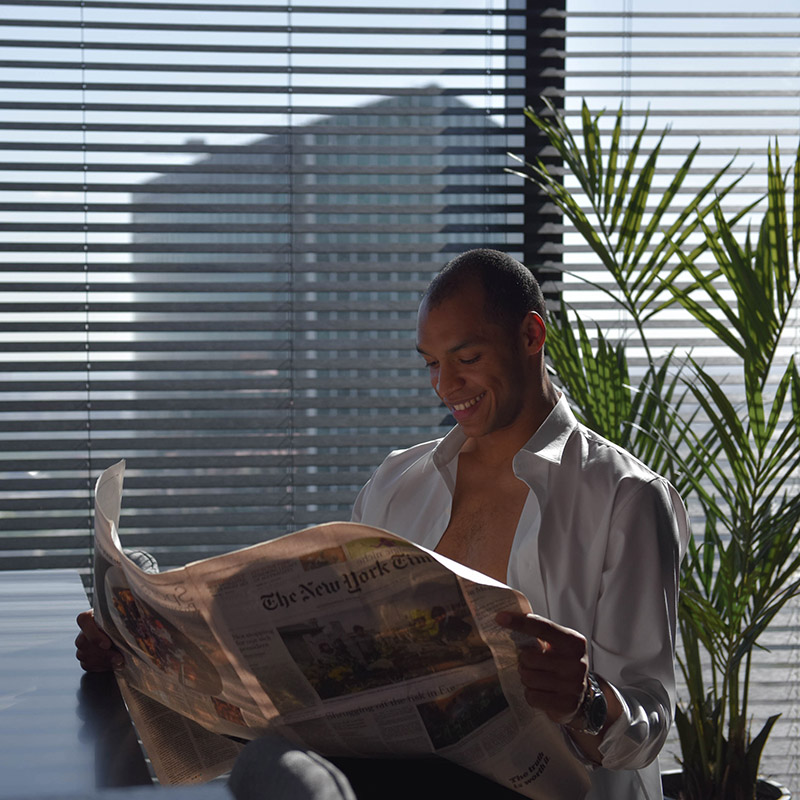

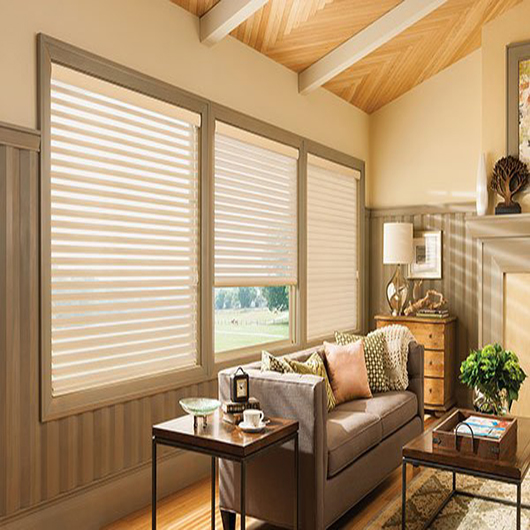
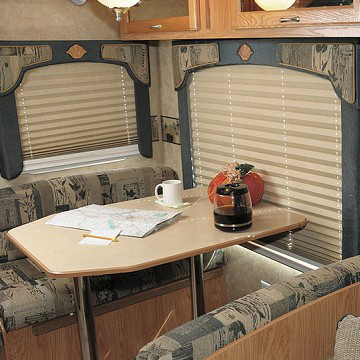
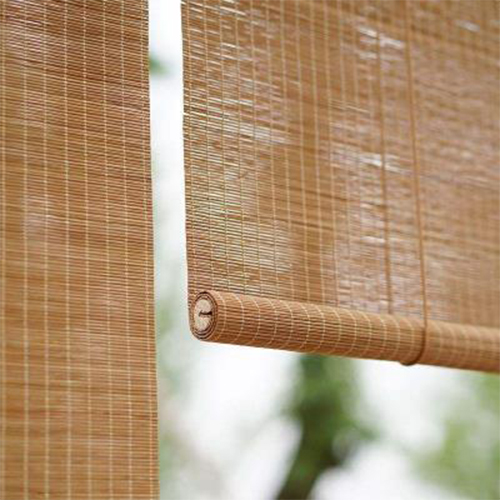


 April 25, 2024
April 25, 2024








 IPv6 network supported
IPv6 network supported